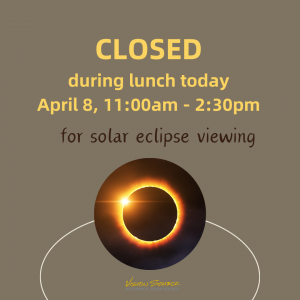 Austin is a hub of activity, culture, and natural beauty. However, come winter, a less welcome phenomenon grips the city and surrounding areas — cedar fever. Because of the high pollen counts from local cedar trees, particularly the Mountain Cedar (Juniperus ashei), this allergy season can significantly impact the daily lives of residents and visitors from December to February.
Austin is a hub of activity, culture, and natural beauty. However, come winter, a less welcome phenomenon grips the city and surrounding areas — cedar fever. Because of the high pollen counts from local cedar trees, particularly the Mountain Cedar (Juniperus ashei), this allergy season can significantly impact the daily lives of residents and visitors from December to February.
The Culprit Behind Cedar Fever
Cedar fever is misleading. It's not a fever but an allergic reaction to the pollen released by Mountain Cedar trees. These trees, abundant in the Austin area, release large amounts of pollen into the air. The pollen can lead to itchy and watery eyes, sneezing, and nasal congestion.
During peak season, the air can become so saturated with pollen that it appears like a large yellow cloud in the sky. This sight is as fascinating as it is frustrating for allergy sufferers.
The Impact on Daily Life
For many in Austin, the cedar pollen season significantly alters daily routines. Outdoor activities can become challenging, from jogging along Lady Bird Lake to dining al fresco in the city's many vibrant eateries. It can also severely affect quality of life, particularly for those with severe allergies, prompting a city-wide effort to combat the symptoms.
Combating Cedar Allergies in Austin
Preventative measures are a common strategy for managing cedar fever. Many locals turn to air purifiers to clean indoor air, minimize outdoor exposure during high pollen days, and closely monitor pollen counts to plan their activities. They also seek medical advice to manage symptoms more effectively, with treatments ranging from over-the-counter antihistamines to prescription medications and allergy shots.
Seeking Professional Help for Allergies
At McCormick Vision Source, we understand the unique challenges posed by Austin’s cedar fever season. Our team can provide specialized care for those affected by cedar pollen allergies, offering personalized treatment plans to manage symptoms and improve quality of life. From identifying the best preventative measures to prescribing effective medications, we aim to navigate allergy season easily.
Whether you've suffered from cedar fever for a long time or are experiencing symptoms for the first time, we are here to support you through Austin's most challenging allergy season. Don't let cedar fever keep you from enjoying everything this vibrant city offers. Reach out to us for expert care and start breathing easier today.


